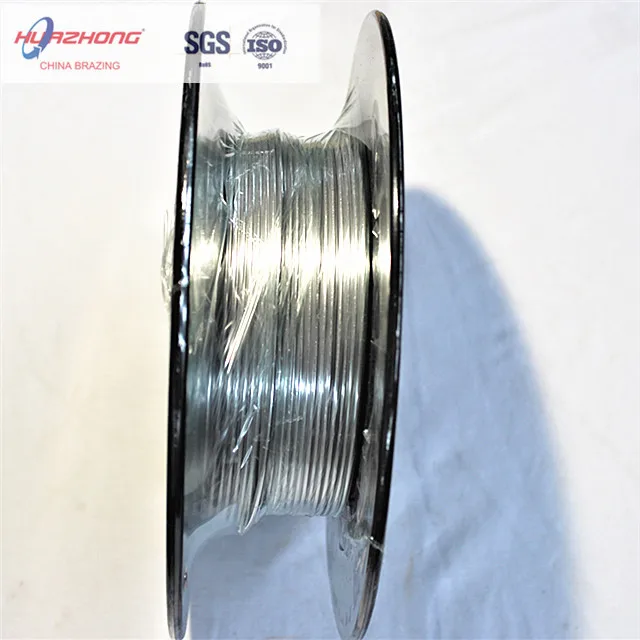

Regardless of the process and type of electrode used, there is the possibility of creating an incomplete fusion between the base metals.

There are concerns with any type of welding method.

As its name implies, the gas-shielded type of flux-cored wire requires an external shielding gas. There are two types of flux-cored wire electrodes: gas-shielded and self-shielded. It seems to allow the small welds to penetrate further without inputting more amps from the machine, YMMV.What are the differences between flux-cored electrode wire and solid electrode wire? Is one type of electrode better than the other for welding? What are the advantages and disadvantages of each type of wire? Flux-Cored Wire Electrodes I know it seams counter intuitive, but that has been my experience. Don't do that!Īlso I have had better luck with. The problem with using sanding disks is that most people tend to sand the weld flush with the metal around it, but also sand some of the adjoing metal, making it much thinner. When you grind it you DO NOT want to touch the surrounding metal, just knock the weld down to the level of the metal around it. Then, and here is a good trick, grind the weld down with a stone, NOT a flap wheel. This has proven to keep shrinkage to a minimum. After you make the weld, set the gun down and pick up a hammer and dolly and hammer the weld (doesn't need to be dead flat but at least take the majority of the peak down). then start making 1" welds around the perimeter.
#Flux core welding sheet metal full
I have found that if you fit the piece and tack it in, then go back and spot weld (good hot full penetration spot welds) evry 2-3 inches.
#Flux core welding sheet metal crack
The MIG and grind repairs seemed to crack easily when the area was worked after the fact. I have tigged, again welds are more ductile, but a slower process. I have used O/A and hammer welded, but it inputs a lot of heat, the weld does not seem fragile though. I have tried a lot of different processes and have come to the conclusion that they are all valuable in one way that the other is not. I have also done a fair amount of work on hot rods. It would surprise the heck out of me if you couldn't run.


 0 kommentar(er)
0 kommentar(er)
